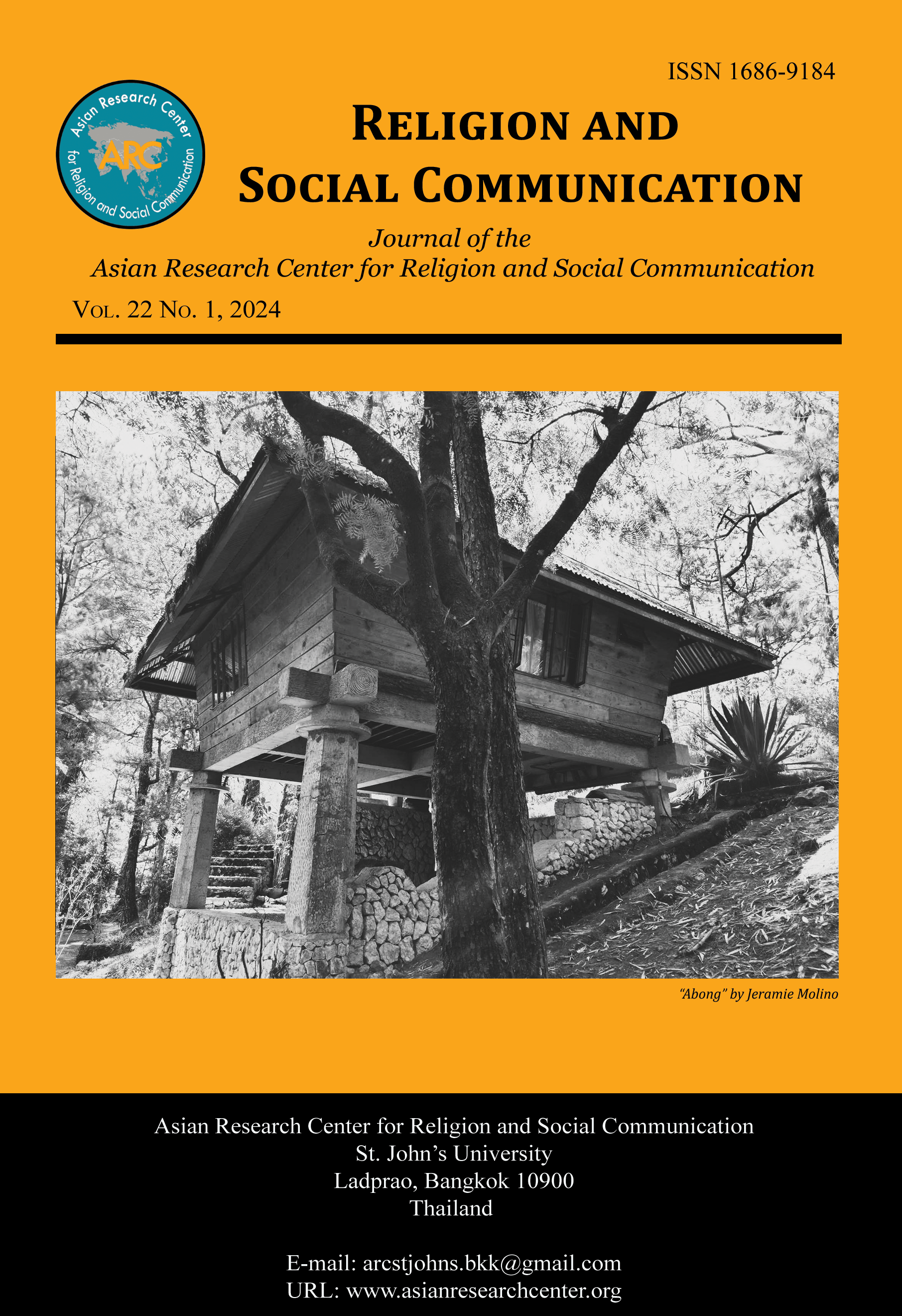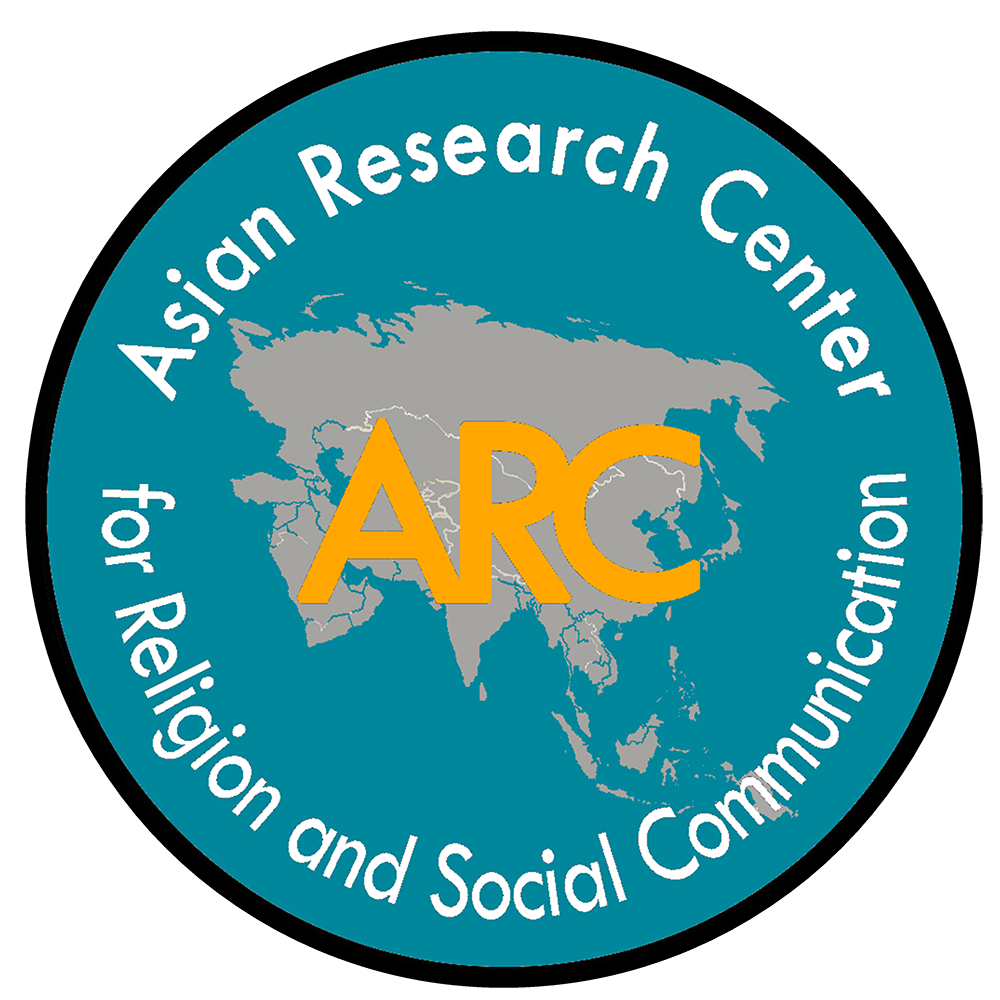The Impact of the Cityhood of Tabuk on Human Development
Download
RELIGION AND SOCIAL COMMUNICATION VOLUME 22, NO. 1 (2024)
ISSN 1686-9184
Author
George Canilao Tumbali
Abstract
TThe study analysed the impact of Tabuk’s transition to cityhood on various aspects of development, including economic, socio-cultural, political, and environmental dimensions. It sought to understand the demographic profile of respondents, encompassing age, gender, civil status, educational attainment, and employment status. It examined the city government’s demographic profile, including population, land area, income, and internal revenue allocation. The study evaluated the city government’s delivery of services and facilities and assessed the level of impact of Tabuk’s cityhood on economic, social, cultural, political, and environmen-tal development.
The research employed percentage analysis for respondents’ demographic profiles, documentary analysis for the city government’s profile, mean to gauge service and facility delivery, and regression to determine the cityhood’s impact on economic, social, cultural, political, and environmental development. Data collection primarily relied on questionnaires. Diverse groups, including business, agriculture, healthcare, education, professionals, transportation sectors, and community groups, participated in the survey. Key findings revealed that a significant proportion of respondents were under 24 years old, with the majority being female, married, and holding at least a bachelor’s degree. A substantial portion of degree holders reported unemployment. The Internal Revenue Allotment of Tabuk City exhibited substantial growth, and local income sustained growth. Population increased, and land area expanded.
The study affirmed the city government’s effective provision of services and facilities, fostering socio-economic, political, cultural, and environmental development. Respondents’ demographic profiles, particularly age and employment status, significantly influenced service delivery. Moreover, service and facility delivery significantly predicted the city’s impact, particularly in infrastructure, tourism, low-cost housing, tourism promotion, and support for education, police, and fire services. Based on these findings, recommendations were made, such as crafting comprehensive communication plans, developing public-private partnerships, investing in green initiatives, promoting waste segregation, supporting entrepreneurship, initiating reforestation projects, creating a cemetery office, and establishing a gender and development office to enhance gender equality and inclusion.
Keywords
Tabuk cityhood, human development, service delivery, demographic profile, impact assessment.
References
Casant, Judith, and Marco Helbich. “Inequalities of Suicide Mortality Across Urban and Rural areas: A literature Review.” International Journal of Environmental Research and Public Health 19, no. 5 (2022): 2669.
Estoque, Ronald C., and Yuji Murayama. “Spatio-Temporal Urban Land Use/Cover Change Analysis in a Hill Station: The Case of Baguio City, Philippines.” Procedia-Social and Behavioral Sciences 21 (2011): 326-335.
Hamerow, T. S. The Birth of a New Europe: State and Society in the Nineteenth Century. Chapel Hill: University of North Carolina Press, 1983.
Pacoy, Emilia P., and Jason P. Balais. “Impact of Cityhood on Human Development: The Case of Tagum City.” In Network of Asia-Pacific Schools and Institutes of Public Administration and Governance (NAPSIPAG) Annual Conference 2005, held in Beijing, PRC, 5-7 December 2005. https://docplayer.net/100467263-Impact-of-cityhood-on-human-development-the-case-of-tagum-city.html.
Pettinger, Tejvan. “Pros and Cons of Immigration.” Report for APIA Solutions, May 14, 2022. https://www.economicshelp.org/blog/152453/economics/pros-and-cons-of-immigration/.
Saayman, Marli, and Rachel Rossouw. “The Significance of Festivals to Regional Economies: Measuring the Economic Value of the Grahamstown National Arts Festival in South Africa.” Tourism Economics 17, no. 3 (2011): 603–624.
Supetran, Bernard L. “Calapan: A Booming Port City.” BusinessMirror, June 3, 2018. https://businessmirror.com.ph/2018/06/03/calapan-a-booming-port-city/
PAGES 87-112
DOI: https://doi.org/10.62461/GCT111523
Submitted: 8.10.2023; Accepted: 11.15.2023; Published: 1.31.2024




